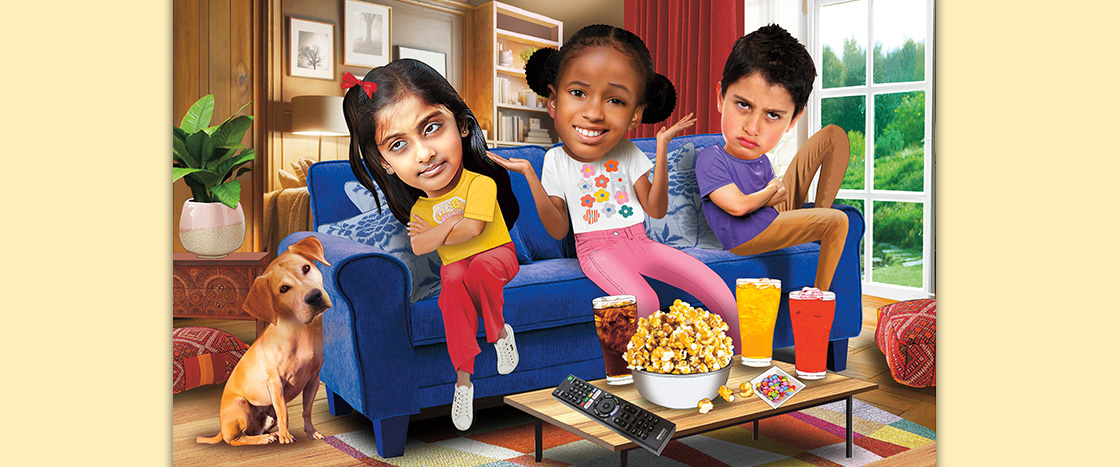Your eyes are glued to the clock. The last minutes of school slooooowly tick by. In a few hours, your friends will come over for a movie night. You can almost taste the sweet caramel popcorn you’ll prepare.
But your BFFs Priya and Carlos don’t look so excited. The two of them got into an argument at recess, and they’re still upset.
Maybe you should help them work it out . . . But do you really want to get involved?
Your eyes are glued to the clock. The last minutes of school slooooowly go by. In a few hours, your friends will come over for a movie night. You can almost taste the sweet caramel popcorn you’ll make.
But your BFFs Priya and Carlos don’t look excited. The two of them got into an argument at recess. They’re still upset.
Maybe you should help them end their fight . . . But do you really want to get involved?

